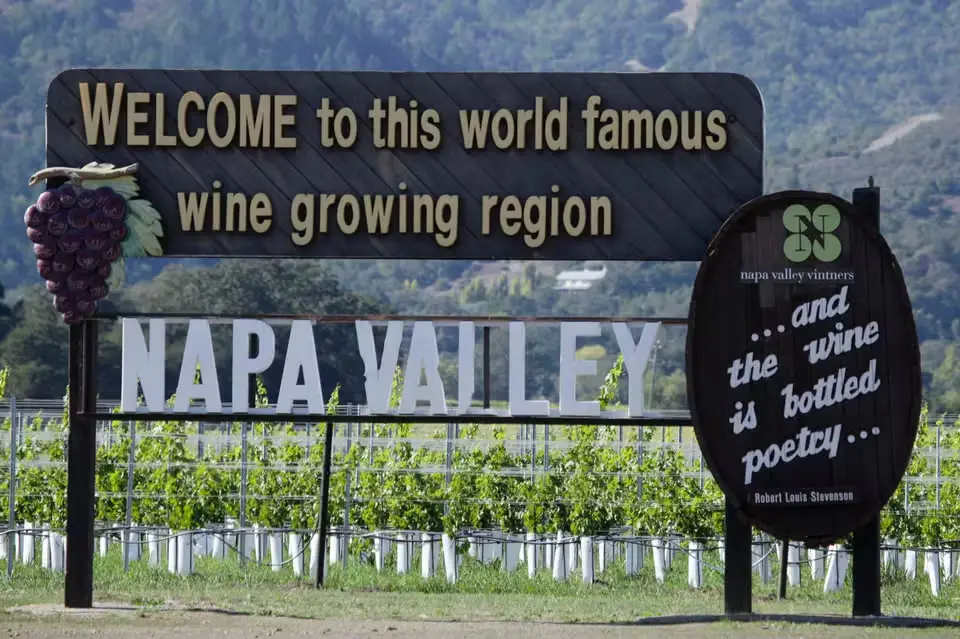Cabernet Sauvignon: The Most Well-Known Regions
Cabernet Sauvignon, often referred to as the "King of Red Grapes," is arguably the most popular red wine in the world. The grape has earned its regal status in the wine world due to its rich history, distinctive characteristics, and its ability to produce complex and age-worthy wines.
Originally from the Bordeaux region in France, Cabernet Sauvignon is a cross between Cabernet Franc and Sauvignon Blanc. It is a vigorous variety that is widely planted in almost every corner of the world. Despite the variety of terroirs in which the vine is planted, the wines preserve a distinctive Cabernet character, known for its deep color, robust tannins, rich flavors, and usually a great potential to age.
As we start on a journey with this amazing grape, we begin by exploring the most well-known regions for Cabernet Sauvignon, where we will discover the classic examples of Cabernet Sauvignon wines.
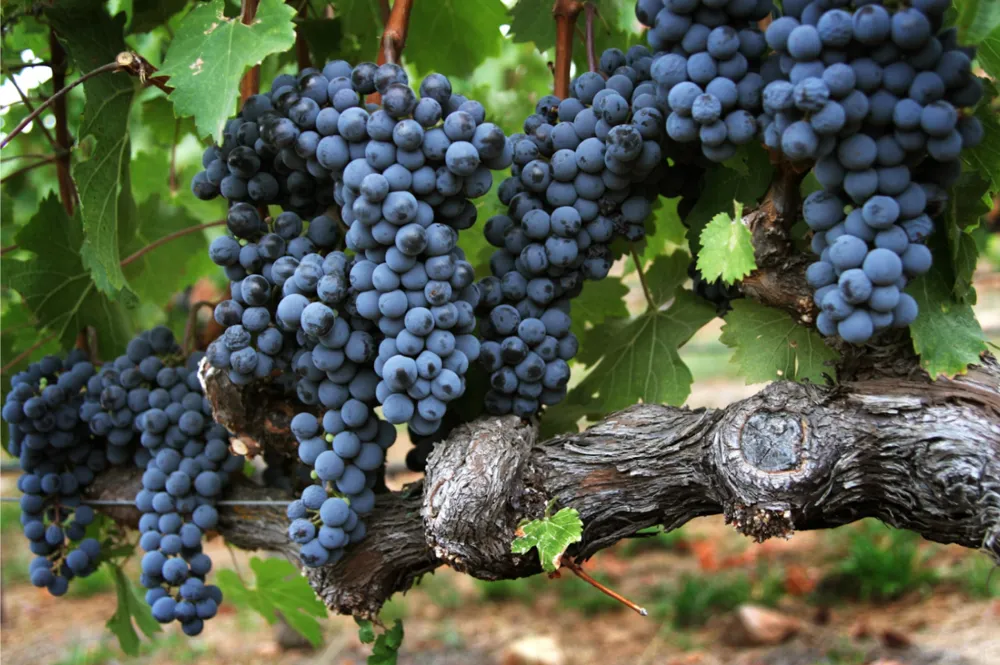
Left Bank Bordeaux
Situated in the southwestern part of France, Bordeaux stands as the birthplace of Cabernet Sauvignon. Although Merlot is the most planted grape in the Bordeaux region, Cabernet Sauvignon remains the heart and soul of the famous "Bordeaux blend." The Left Bank, notably the Médoc region, has received international recognition for producing some of the world's most iconic Cabernet-based wines.
Bordeaux, located at the 45th parallel north, enjoys an ideal, mild maritime climate, allowing Cabernet Sauvignon to reach optimal ripeness while preserving acidity. Unlike other parts of Bordeaux, the soils of the Left Bank are predominantly composed of gravel, with limestone beneath, intermingled with sand and clay. These gravel-heavy soils excel at retaining heat, a quality cherished by Cabernet Sauvignon, resulting in wines that are bold with structured tannins.
Bordeaux stands as the home to the Old World classics of Cabernet Sauvignon-based wines. These wines have a complex flavor profile that includes black fruits, cassis, bell pepper, herbal aromas, tobacco, cedar, and graphite. Renowned for their great ability to age, these wines evolve into more complex flavor profiles over time. The best Left Bank Bordeaux can be savored after decades, which is evidence of the region's excellent ability to producing exceptional and long-lasting Cabernet Sauvignon wines.
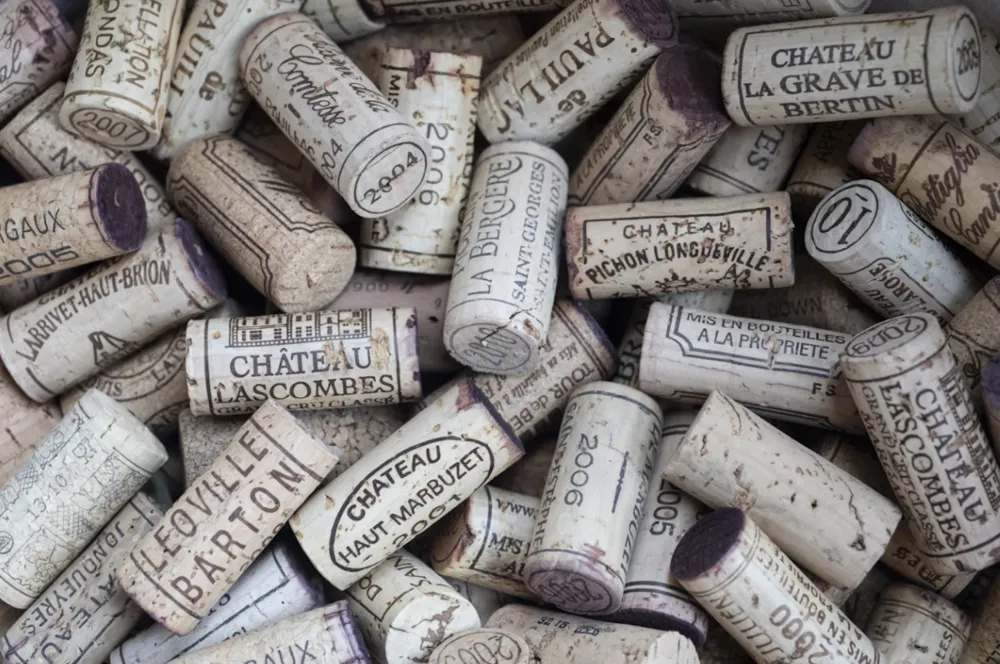
Napa Valley
On the opposite side of the Atlantic Ocean, Napa Valley in California has established itself as a textbook example of New World Cabernet Sauvignon, echoing the grandeur of its Old World counterpart. Making its dramatic debutante appearance at The Judgment of Paris, Napa Valley Cabs have carved their own niche, producing wines that captivate connoisseurs with their bold, robust character, and for some, attaining cult status.
Showered by abundant Californian sunshine, Napa Valley benefits from a Mediterranean climate marked by warm days and cool nights. This climate, similar to Bordeaux's maritime influence, creates an optimal environment for Cabernet Sauvignon to achieve full ripeness while retaining acidity. The diversity of microclimates within Napa Valley allows vintners to craft wines that showcase the grape's versatility and depth. Napa Valley exhibits a rich tapestry of geological diversity, from the volcanic soils of the mountainous regions to the alluvial plains, imparting a unique stamp on Cabernet Sauvignon. Furthermore, the modern approach to vineyard management and winemaking brings precision to the wines.
The Cabernet Sauvignon wines of Napa Valley are celebrated for their opulence, depth, and expressive fruit character. These wines often showcase intense black fruit flavors, including ripe plum and blackberry, with hints of cocoa, vanilla, and a touch of herbaceousness.
Napa Valley's Cabernet Sauvignon wines are known for their plush texture and velvety mouthfeel, characteristics that contribute to their immediate appeal. Much like their Old World counterparts in Bordeaux, Napa Valley Cabernet Sauvignons have proven their ability to age gracefully. While some bottles are delightful upon release, others reward patience with an evolution towards more complex flavor profiles, showcasing the longevity and age-worthiness that define exceptional Cabernet Sauvignon wines.
Coonawarra, Australia
Venturing to the southern hemisphere, we find Coonawarra, standing as the premier region for Cabernet Sauvignon in Australia. Coonawarra has earned a reputation for producing Cabernets that reflect the region's specific terroir.
Situated in South Australia, Coonawarra enjoys a cool maritime climate, offering a stark contrast to the warm days and cool nights of Bordeaux. The region's climatic conditions, marked by a temperate climate influenced by the Southern Ocean, create an environment where Cabernet Sauvignon can undergo a slow and long ripening process. This climate imparts vibrant acidity and an expressive aromatic profile to the grapes, which is the ground for crafting elegant and well-structured wines.
What sets Coonawarra apart is its renowned terra rossa soil, a reddish-brown layer of clay overlaying a base of limestone. This unique soil composition is the secret weapon behind Coonawarra Cabernet's reputation. The clay provides excellent water retention, ensuring the vines receive just the right amount of moisture, while the limestone imparts tannin structure, minerality, and complexity to the wines.
Coonawarra's Cabernet Sauvignon offerings typically exhibit ripe blackcurrant flavors, complemented by hints of cassis, plum, and a touch of green bell pepper. The Cabernet Sauvignon wines of Coonawarra are celebrated for their distinctive minty and eucalyptus notes, characteristics attributed to the terra rossa soil. The region's terroir adds a layer of finesse to the wines, offering a perfect harmony between fruit expression and tannin structure.
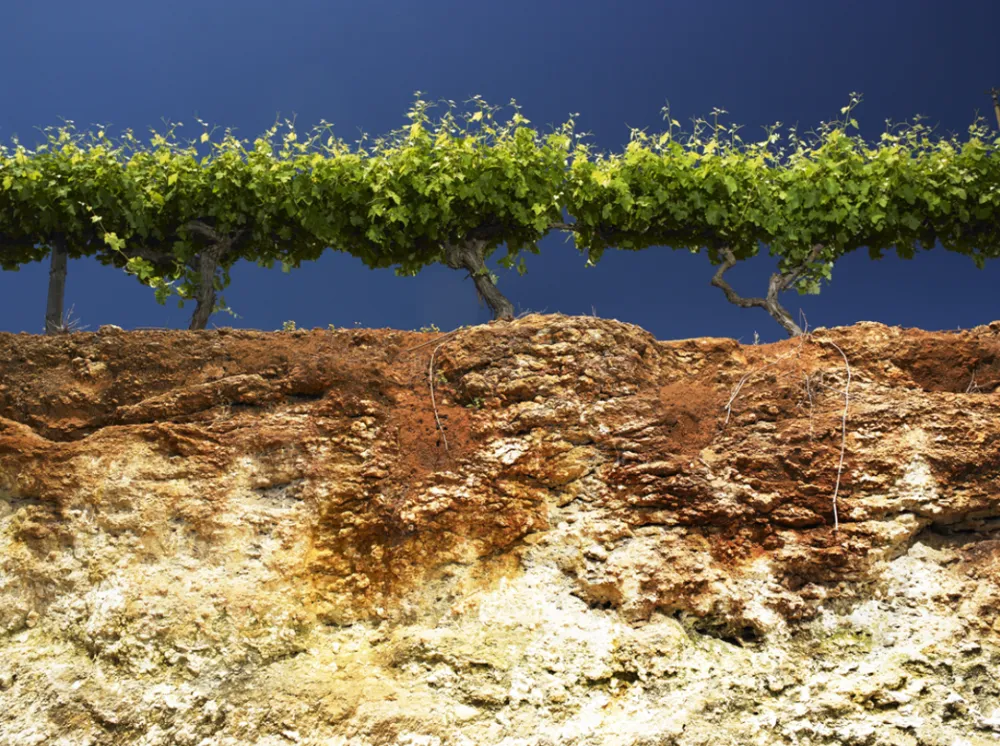
Central Valley, Chile
In the world's wine map, Chile stands as the home to some of the most affordable premium wines, offering excellent drinkability. With its elongated shape and numerous valleys, Chile exhibits immense potential for viticulture. Influenced by French winemaking traditions, Chile's Central Valley has emerged as a dynamic player in the world of Cabernet Sauvignon, producing wines that reflect its unique terroir and winemaking expertise.
Nestled in the heart of Chile, Central Valley enjoys a diverse array of microclimates, stretching from the Maipo Valley (just south of Santiago) to the southern end of the Maule Valley. This positioning allows the region to experience warm days and cool nights, a consequence of its proximity to the Pacific Ocean and the Andes Mountains. The resulting diurnal temperature variation contributes to the gradual ripening of Cabernet Sauvignon grapes, yielding wines with balanced acidity and optimal fruit development.
Within the Central Valley, notable subregions like Colchagua and Cochapoal boast some of Chile's most prestigious wines. The Maipo Valley, one of Chile's pivotal wine-producing regions, particularly stands out. Its rich, fruit-driven Cabernet Sauvignon has become a celebrated wine style, with the Puente Alto subregion often praised as the "Pauillac of Chile."
Cabernet Sauvignon from the Central Valley is characterized by its deep color, concentrated fruit flavors, and firm texture. The wines often exhibit a touch of spice and herbal notes. Notably suitable for both immediate enjoyment and the potential for aging, these wines capture the essence of Chile's winemaking prowess and the distinctive terroir of the region.
Stellenbosch, South Africa
Situated in the Coastal Region of Western Cape, Stellenbosch boasts hot, dry summers and cool, wet winters. This climatic diversity, coupled with cooling maritime influences, creates an ideal setting for Cabernet Sauvignon to thrive. The region's unique geography, with elevations ranging from sea level to mountainous terrain, allows for a wide variation in wine styles.
Stellenbosch's soils are diverse, comprising granite, shale, and decomposed granite. The well-drained soils play a crucial role in controlling vine vigor and water retention, contributing to the production of wines with concentration and depth.
Stellenbosch Cabernet Sauvignon is known for its bold fruit expression, firm tannins, and subtle herbaceousness. The wines often display a rich spectrum of flavors, including blackcurrant, dark cherry, and hints of fynbos, a collection of indigenous South African vegetation. Despite the contemporary taste of Stellenbosch Cabernet Sauvignon, the region's long winemaking history, dating back to the 17th century, adds a layer of tradition to its modern wine styles.
The Old World meets the New World in Stellenbosch, where winemakers seamlessly blend tradition with innovation. Cabernet Sauvignon wines from this region exude a sense of place, balancing richness and finesse.
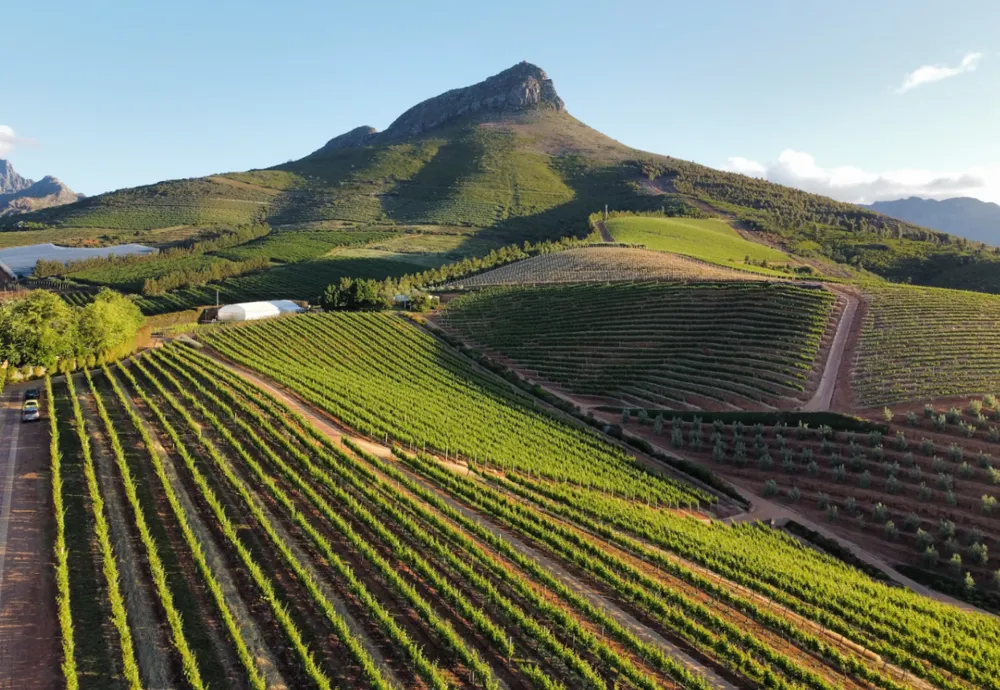
Cabernet Sauvignon has all the exceptional qualities that define a premium red wine: ripe dark fruits, herbaceous notes, balanced acidity, firm tannin structure, and a notable affinity to oak, adding layers of complexity with nuances of tobacco, cedar, vanilla, and cocoa, and its remarkable potential for aging. As we travel through the most well-known regions for Cabernet Sauvignon wines, the old-world classics and new-world gems are sure to please discerning palates. However, this is not the end. Cabernet Sauvignon has much more to unveil.
Dear VinoVossers, stay tuned; in the upcoming article, we will explore the lesser-known and uncommon regions that produce equally superb Cabernet Sauvignons, each with distinctive characters and unique expressions.
Cheers!
Sylvia Ba
